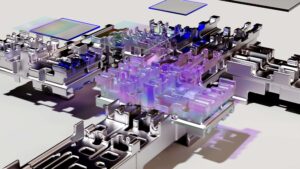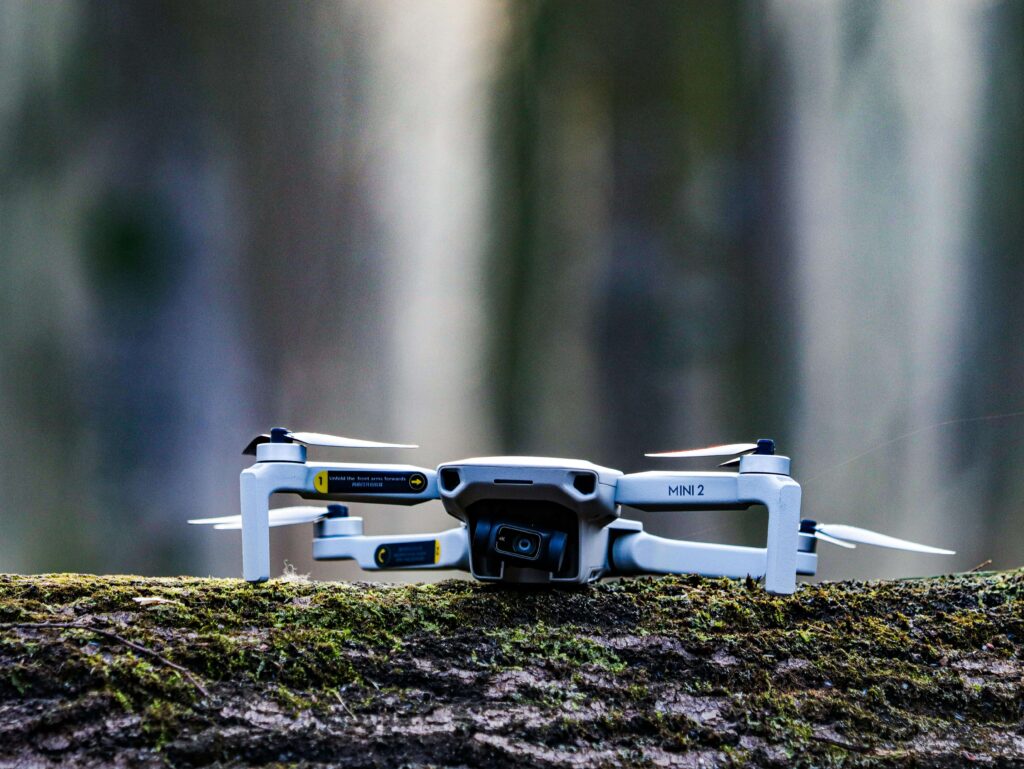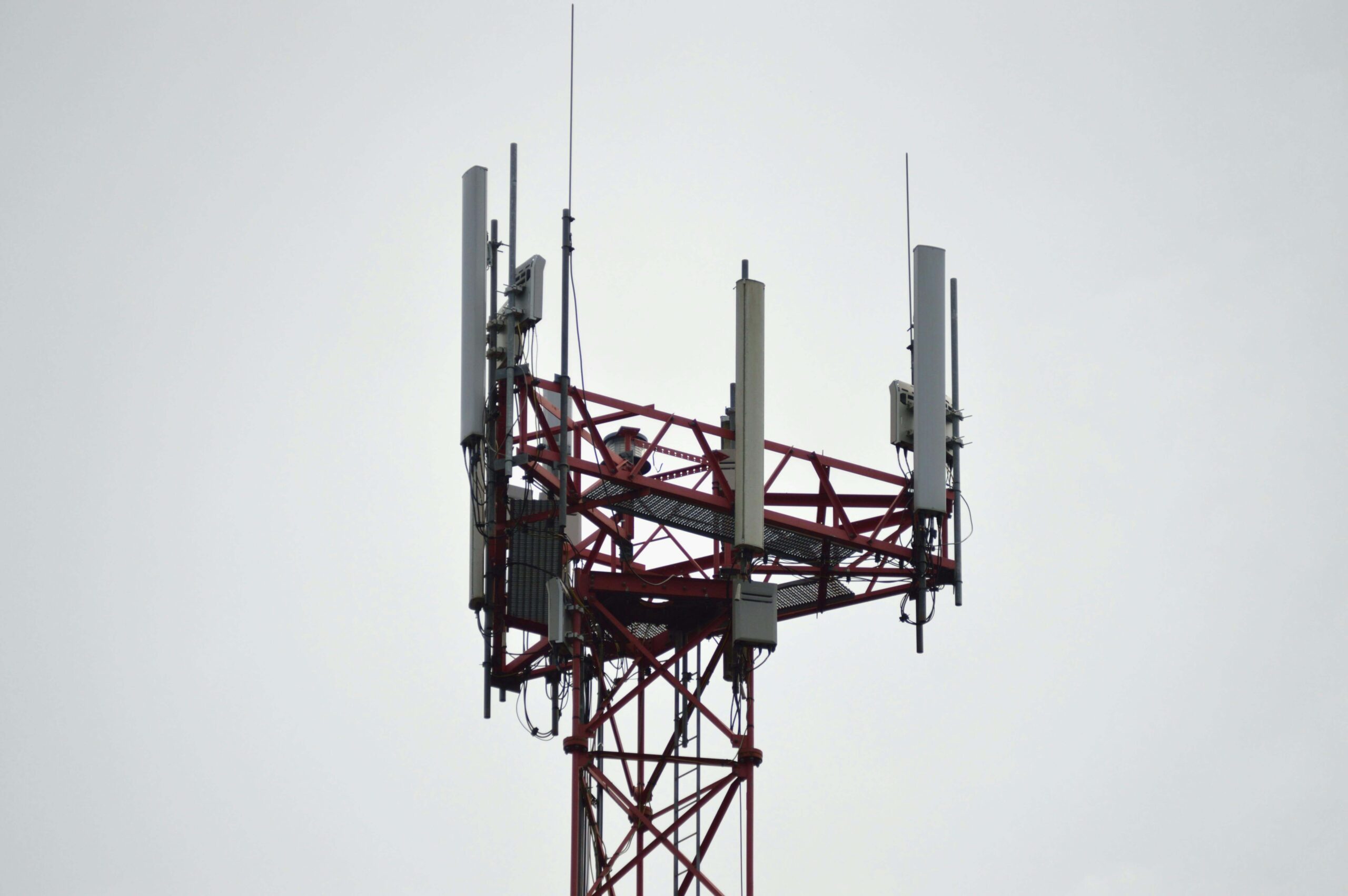Artificial Intelligence (AI) is transforming industries at a rapid pace, from healthcare and finance to entertainment and retail. But as AI evolves, so too does the need for more sophisticated, scalable, and decentralized systems that can harness its full potential. This is where EOS AI comes into play—an emerging AI technology built on the robust, decentralized EOS blockchain network.
In this blog post, we’ll explore what EOS AI is, how it works, and why it’s garnering attention in the world of AI and blockchain technology. Regardless of your level of expertise in blockchain, artificial intelligence, or the nexus between these two domains, this article offers a wealth of insightful information.
EOS AI: What is it?
In essence, EOS AI creates a system that enables the decentralized and transparent development, deployment, and operation of AI algorithms by fusing the capabilities of the EOS blockchain with the strength of artificial intelligence. EOS is the best place to start for AI applications that need high throughput, low latency, and secure transactions because of its quick and scalable blockchain architecture.
Using machine learning (ML) models, data, and other AI-driven features, EOS AI makes it possible to create autonomous AI apps and smart contracts. This innovative combination enables better data privacy, more computational efficiency, and, most importantly, a more decentralized approach to AI deployment.
Crucial Components of EOS AI
- Decentralized AI Environment EOS AI allows developers to build decentralized AI models and deploy them on a blockchain platform. Traditional AI applications often rely on centralized servers or cloud computing to process large amounts of data. With EOS AI, the computation is distributed across a decentralized network, making it less vulnerable to single points of failure or censorship. This ensures that AI models can operate independently without being controlled by a central authority.
- Fast and Scalable The EOS blockchain is known for its scalability and speed, and these attributes extend to EOS AI applications. EOS can process thousands of transactions per second with little delay thanks to its delegated proof-of-stake (DPoS) consensus mechanism. EOS AI is perfect for real-time applications like predictive analytics, driverless cars, and AI-driven financial services because of its speed and scalability.
- Security and Privacy of Data One of the main issues with AI applications is data privacy, particularly in sectors like personal services, healthcare, and finance. Users will have greater control over their data thanks to EOS AI’s decentralized architecture. EOS AI allows users to retain control over their data and privacy while still utilizing AI algorithms, in contrast to traditional AI systems where data is frequently processed and stored on centralized servers.
- Compatibility with Other Blockchain Initiatives EOS AI isn’t siloed; it can interact with other blockchain networks, applications, and services. This interoperability makes EOS AI a versatile platform for creating cross-chain AI solutions. For example, EOS AI could connect with other blockchain ecosystems to pull data, integrate smart contracts, or access decentralized applications (dApps), further enhancing its utility in various industries.

How Is EOS AI Operational?
EOS AI works in a sequence of steps that blends the decentralized nature of blockchain technology with conventional AI techniques. Here’s an overview of the process:
- Data Collection and Preprocessing EOS AI-powered applications begin with data collection, similar to any traditional AI application. This data could come from a variety of sources, such as sensors, user inputs, or external APIs. The data is then preprocessed to ensure it’s clean, structured, and ready for machine learning algorithms.
- Training AI Models After preprocessing the data, AI models are trained using machine learning algorithms. These models can be developed and refined by users or AI developers within the EOS AI ecosystem. With EOS, the training process can be decentralized, meaning that anyone with the right computational resources can contribute to training AI models, creating a more robust and diverse set of AI models.
- Deploying on the EOS Blockchain Once an AI model is trained, it can be deployed on the EOS blockchain. This ensures that the model’s logic and data remain tamper-proof, transparent, and auditable. The decentralized nature of EOS guarantees that no single entity has control over the model, making it resistant to manipulation and interference.
- Real-Time Data Processing and Predictions EOS AI models can be used for real-time processing and decision-making. For example, in the financial industry, an EOS AI model could analyze market data and make trading decisions autonomously. In healthcare, it could process patient data to recommend treatments or detect diseases. By leveraging the fast transaction speeds and low latency of EOS, EOS AI can provide real-time predictions and insights.
Why EOS AI Matters
The intersection of AI and blockchain is a game-changer, and EOS AI is at the forefront of this revolution. Here are a few reasons why EOS AI is so important:
- Decentralization and Trust
One of the biggest concerns with AI is the lack of transparency and the potential for biases in algorithms. EOS AI addresses this by offering a decentralized platform where the decision-making process is open, auditable, and secure. This decentralization builds trust among users, ensuring that AI decisions are made fairly and transparently.
- Lower Costs and More Efficiency
Traditional AI applications often rely on expensive cloud computing infrastructure, which can be a barrier for smaller businesses and startups. By utilizing a decentralized network like EOS, the computational costs can be significantly reduced. Additionally, EOS AI allows developers to create more efficient and cost-effective AI applications that can scale more quickly.
- New Opportunities for AI Developers
EOS AI opens up new opportunities for AI developers. The EOS ecosystem is home to a community of developers who can collaborate, share ideas, and build innovative solutions together. With EOS AI, developers have the ability to create decentralized AI models and applications that can tap into a larger pool of resources, data, and users.
- Enhanced Security for AI Data
AI applications typically require vast amounts of data to function. With traditional centralized systems, data is often stored in one location, making it a target for hackers. EOS AI, by contrast, stores data across a decentralized network, enhancing its security and reducing the risk of data breaches or theft. Click here for more info
Conclusion
EOS AI is pushing the boundaries of what’s possible with AI and blockchain technology, creating a decentralized, secure, and scalable ecosystem for building AI applications. By leveraging the strengths of the EOS blockchain, EOS AI offers a new approach to AI that prioritizes privacy, transparency, and efficiency. Whether you’re a developer looking to create AI-driven intelligent contracts or a business seeking to leverage AI for real-time decision-making, EOS AI presents a powerful platform for the future of artificial intelligence.
As the world of AI continues to evolve, EOS AI is positioning itself as a critical player in the decentralized AI revolution. Keep an eye on this space, as the intersection of AI and blockchain promises to unlock new possibilities across industries, making AI more accessible, efficient, and trustworthy than ever before







